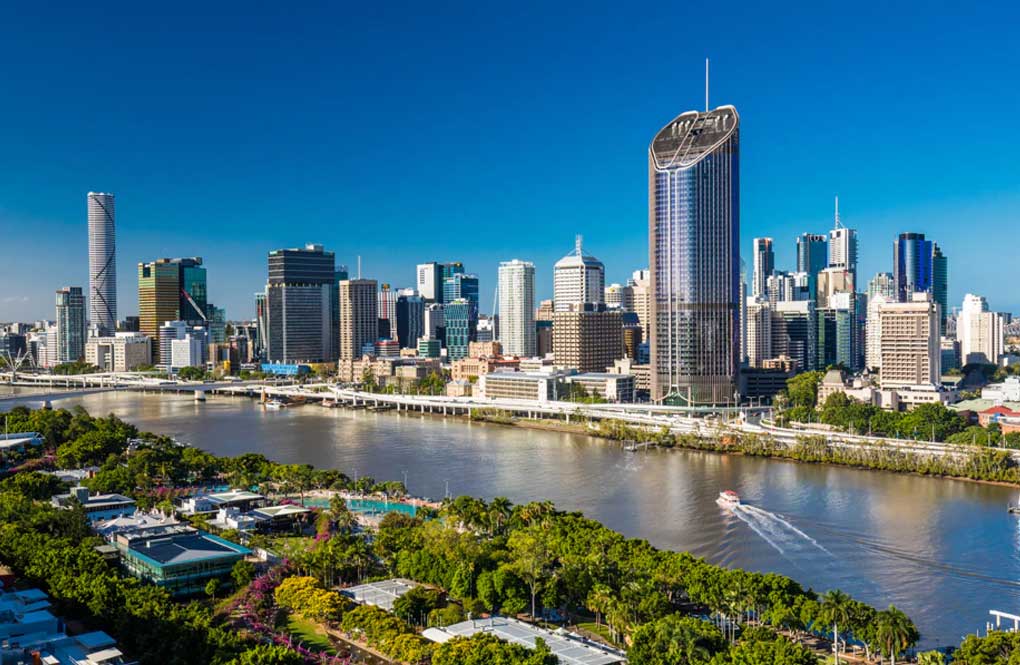Pharmacy peak bodies have been accused of scaremongering on changes to prescription medicines.
Up to six million Australians will be able to pay less for medicines, with the government to allow people to buy two months’ worth of subsidised medicines on a single prescription, rather than two separate prescriptions.
More than 300 medicines will be on the list, including treatment for conditions such as heart disease, cholesterol, Crohn’s disease and hypertension.
Health Minister Mark Butler has dismissed concerns from the Pharmacy Guild the changes would lead to wide medicine shortages and compound existing ones.
“This is not going to change the number of tablets dispensed in a given period of time, it’s simply going to mean that people can get two boxes at a time instead of having to get one box and come back twice as often,” he said in Canberra on Wednesday.
“I really would caution against some of the scare campaigns being put by the pharmacy lobby group.”
The medicines will be phased in during three stages, with the first on September 1.
Of the 325 medicines as part of the list, there were shortages for seven, the health minister said.
Mr Butler said the changes were estimated to save the government $1.2 billion over the next four years, with that money to be reinvested into community pharmacy health programs.
“Almost one million Australians go without a medicine or defer getting a script filled because of cost. We know that dropping the price of medicines is better for patients’ compliance with their medicines that their doctor has prescribed,” he said.
But Pharmacy Guild of Australia president Trent Twomey said the medicine shortage situation was worse than what Mr Butler was indicating, warning it could become more difficult for patients to get life-saving medication.
Mr Twomey said some pharmacies could also be forced to close because of cuts it would receive on dispensing fees from the government as patients came in for prescriptions less often.
“This is a $3.5 billion cut, of which (the health minister) only wants to give back $1.2 billion, because that’s what the taxpayer’s funding, but the pharmacist is wearing the complete rest of the cut,” he said in Canberra.
“That’s what going to send (pharmacists) to the wall and (the minister) doesn’t seem to give a s***.”
Mr Twomey said while the government had pledged to reinvest savings into pharmacy programs, it needed to get the medicine situation under control.
“This is supposed to be a government that cares, this is not how one operates,” he said.
“You have to make sure that the core clinical function of dispensing is supported before we start looking at doing new clinical services.”
Doctors will still be able to choose to write a prescription for a one-month supply for patients, rather than two.
Mr Butler said the changes would not impact on supply for the medicines on the list.
He said many countries made three months’ supply available at a maximum.
“We’ve decided to go with two months at the moment. We think that’s the right balance between the interests of patients and support for a strong community pharmacy sector.”
Australian Medical Association vice-president Danielle McMullen welcomed the changes to prescriptions.
“At the time we’re talking about so many cost-of-living pressures, this will really ease the burden on patients across Australia,” she told Seven’s Sunrise program.
“There are some situations of shortages in medicines at the moment but there will be a staged approach to this announcement to ease the burden on the shortages.”
(AAP)













